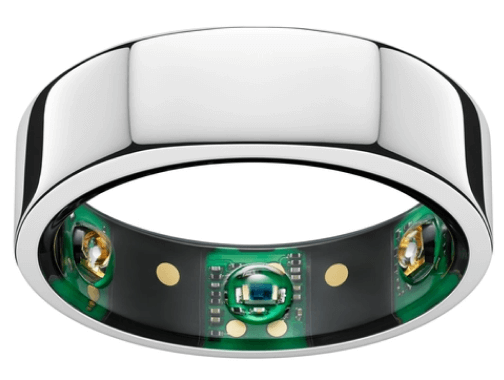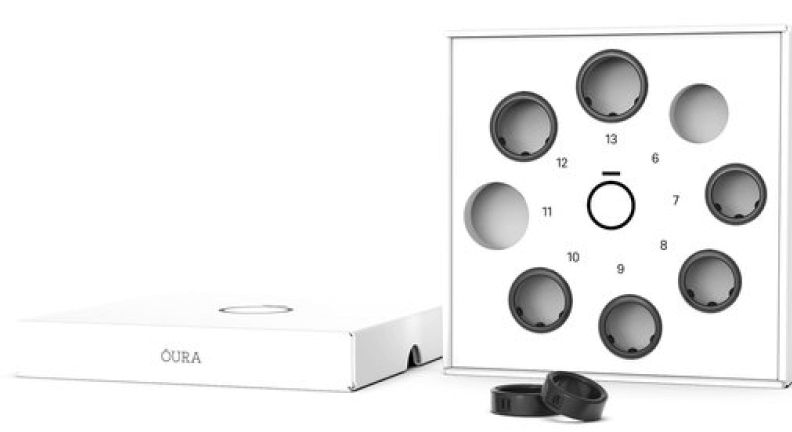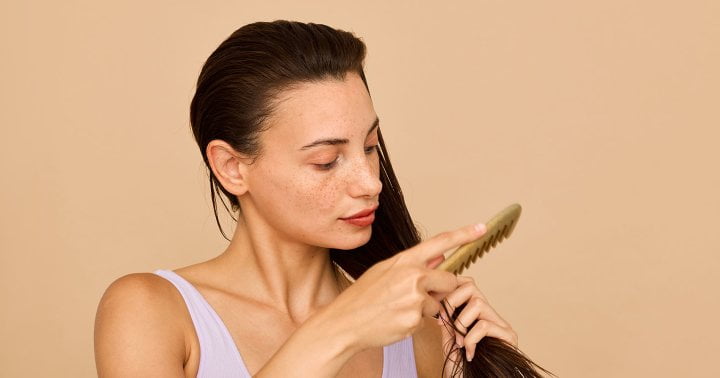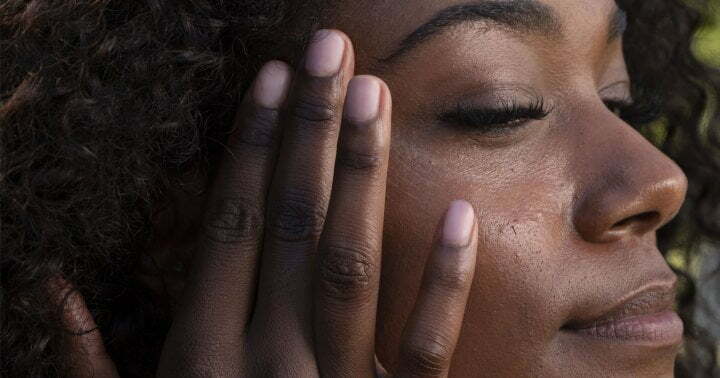That Time Gwyneth Sold Me on the Oura Ring | Goop
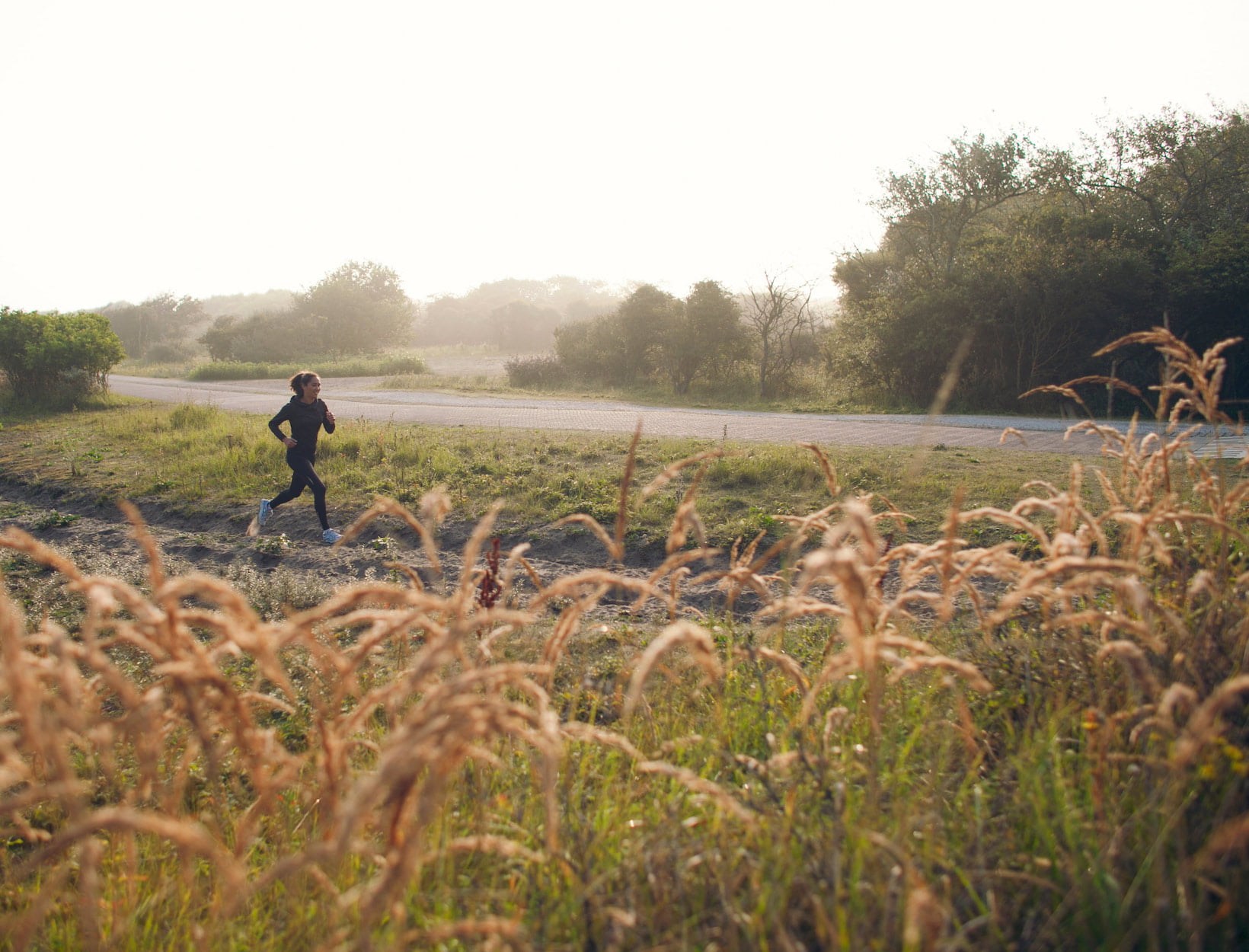
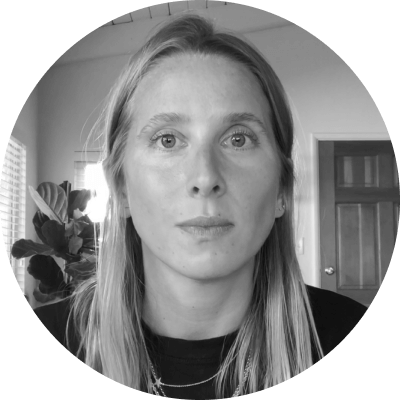
Kiki Koroshetz is the wellness director on goop’s editorial team and the ringleader of goop Book Club.
I ran track in high school, and I did well in my events. But this is not a story about how I’m nostalgic for high school track. One time, in the car on the way to a meet, my mom stopped at a light and turned to look at me. “It doesn’t seem like you enjoy this,” she said. (I had spent the previous twenty minutes talking about how much I disliked indoor track.) “You know, you don’t have to do this. You could quit.”
I didn’t quit indoor track, and my senior year, I also ran outdoor track. But at least I stopped there. In college, I played soccer, which I could do while involuntarily smiling. For a while, I still wore the digital watch I had used to train for races. It had once been lime green and was now filthy. One of my teammates threatened to cut it off, but the strap fell apart on its own.
As an adult who no longer plays a sport competitively, I’ve been uninterested in races and physical-tracking devices of any kind. I didn’t trust myself to be normal enough to enjoy them. In my mind, signing up for a half marathon or looking at a log of my daily activity had the potential to turn me back into the seventeen-year-old who was trying to run a five-minute mile and had no chill about it. Then we entered a pandemic, and simply walking became a revelation for people. How were they getting 10,000 steps a day? I wondered. Were they lying? Didn’t anyone have jobs to do? I turned on the health app on my iPhone—I rarely got to 5,000 steps on a weekday.
Then goop started selling the Oura Ring, a wearable device that uses advanced technology to monitor your body’s pulse, movement, and temperature and then organizes that data into a description of your overall health. When I read “advanced technology” on the report prepared by our science team, I read it as “too advanced for me.” I figured an editor on our team could interview someone on staff who already had an Oura Ring. I posted in our all-company Slack channel to see if anyone was using one, and GP responded four minutes later: “Me. I love it.” A few more messages exchanged and I had reassigned the story to myself and decided I wouldn’t be interviewing someone else. I got the Oura Ring sizing kit, decided on my right ring finger, and placed an order for a size 7.
It turns out that wearing an Oura Ring is not like looking at split times of laps taken through your high school’s hallways when it’s too icy to run outside. The Oura Ring is fun. And while the algorithms it uses are beyond my comprehension and my desire to comprehend, the information presented is simple to understand. Here’s what has happened to me in the three months since I’ve worn one:
I have walked at least 10,000 steps every day. (I hope some people don’t believe me and others find me annoying because I wouldn’t have believed me pre-Oura and I find me annoying.) For accuracy, the Oura Ring measures your pulse from your finger and not your wrist. It can track workouts and recovery time, yes, but also small, subtle movements. I have a new appreciation for: standing up from my chair, taking out the garbage, grocery bags that require more than one trip from the car to my apartment, walking in the dark with a hot tea. Walking is now a nonnegotiable on the same level as Cocoflossing—I get more pleasure from these activities than I’m comfortable admitting, and I don’t go to bed until I’ve done them.
Every day, the Oura gives you an activity score, which you can see on the app. (Your Oura Ring syncs to an app on your phone via Bluetooth. I like that Bluetooth is active on the ring only for short periods of time—about 1 percent of the day typically.) Your activity score is based on six factors. How long are you active throughout the day? Do you move every hour? (The app can ping you to remind you, if you’d like.) Are you meeting your daily activity goal? Training frequency and volume: How often have you gotten medium- to high-intensity activity over the last week and how much? Recovery time: Have you had enough easier days? For any day, you can see—on a spectrum of pay attention to optimal—how you’re doing on those different measures. You can also click into any factor on the app for more context and to read about what that data point can tell you about your own health. My monthly average for my activity score is ninety-five. And yes, I started with my best news.
I didn’t get into my sleep stats for the first few weeks that I had the Oura Ring, but now I see why people wear it for this purpose. The ring approximates how much time during your sleep window you spend awake, in light sleep, in deep sleep, and in REM sleep. There’s a chart in the app that shows when you’re in each of these stages—so if you wake up at 3:17 a.m. thinking about the text you forgot to send, you’ll see that. You also get a sleep score every day, based on total sleep, efficiency (the percentage of time spent asleep after going to bed), restfulness (fewer sleep disturbances mean a higher score), amount of REM, amount of deep sleep, latency (how quickly you fall asleep), and timing (optimal by Oura standards is when the midpoint of your sleep falls between midnight and 3 a.m.).
What’s interesting (to me) is that I’m a better sleeper than I thought. My average monthly sleep score is eighty. On average, according to Oura, I’m in bed for about eight hours and I’m sleeping for about seven and a half. Some days, I wake up wanting to stay in bed all day and then I look at my sleep data and see “Good” or “Optimal” next to my “Restfulness” line—and I’m convinced that I’m not all that tired. I know I’m not getting enough rest when my latency score is in the red. The Oura app says that falling asleep ideally takes fifteen to twenty minutes, but if you’re falling asleep in less than five minutes, it could be a sign that you’re not getting enough sleep. Last night, I fell asleep in three minutes. And the night before, two minutes.
I’m not rigorous about monitoring all the changes in my sleep, but even looking at the data in a cursory way finally motivated me to take the advice seen all over the internet and leave my cell phone outside my bedroom. Around this time, I started seeing fewer sleep measurements in the red zone and more creeping into the blue zone. This also means I read more books and spend less time scrolling Instagram in bed. And it means that I have to get out of bed to turn my alarm off in the morning, which is significantly more than half the battle. Anecdotally, I’ve heard that some people sleep better with an air purifier, so my next experiment might involve purchasing the Air Doctor.
The last daily score is called readiness. This is based on seven factors: how well you slept the previous night, sleep balance (this measurement looks at the past two weeks because sleep debt is a monster), previous day’s activity, activity balance, body temperature, resting heart rate, heart rate variability (an indication of beat-to-beat changes in heart rate that can be used as a measure of autonomic nervous system activity), and recovery index (how long it takes your resting heart rate to stabilize during the night). I was surprised to read about how accurate some of these measurements can be. When the Oura Ring was compared to a medical-grade electrocardiogram, it was given a 99.9 percent reliability score for resting heart rate and a 98.4 percent reliability score for heart rate variability.
My average readiness score is seventy-five. Areas for improvement are resting heart rate, HRV balance, and recovery index. According to the app, some things that could be affecting these areas are eating and drinking alcohol right before bed and stress.
Will those be easy things for me to change? No.
But nothing about using the Oura Ring feels discouraging. Yesterday, my readiness score was sixty-seven. Today, it’s seventy-three, and on my home screen it says, “Good,” then “You can do this” and “Your readiness is improving, nice going! To reach your full potential, remember to keep your sleep schedule consistent and activity levels balanced.” Right. Also on my homepage, I can see that I slept from 11:31 p.m. to 7:14 a.m. and that my ideal bedtime tonight is between 9:30 and 10:45 p.m.
Now I’m glad that I stayed up last night to finish reading Burnt Sugar, the novel I’d started earlier in the week, because I won’t be compelled to do it tonight. But before bed, I’m off to get a few thousand steps in.
This article is for informational purposes only. It is not, nor is it intended to be, a substitute for professional medical advice, diagnosis, or treatment and should never be relied upon for specific medical advice. To the extent that this article features the advice of physicians or medical practitioners, the views expressed are the views of the cited expert and do not necessarily represent the views of goop.
We hope you enjoy the book recommended here. Our goal is to suggest only things we love and think you might, as well. We also like transparency, so, full disclosure: We may collect a share of sales or other compensation if you purchase through the external links on this page.

